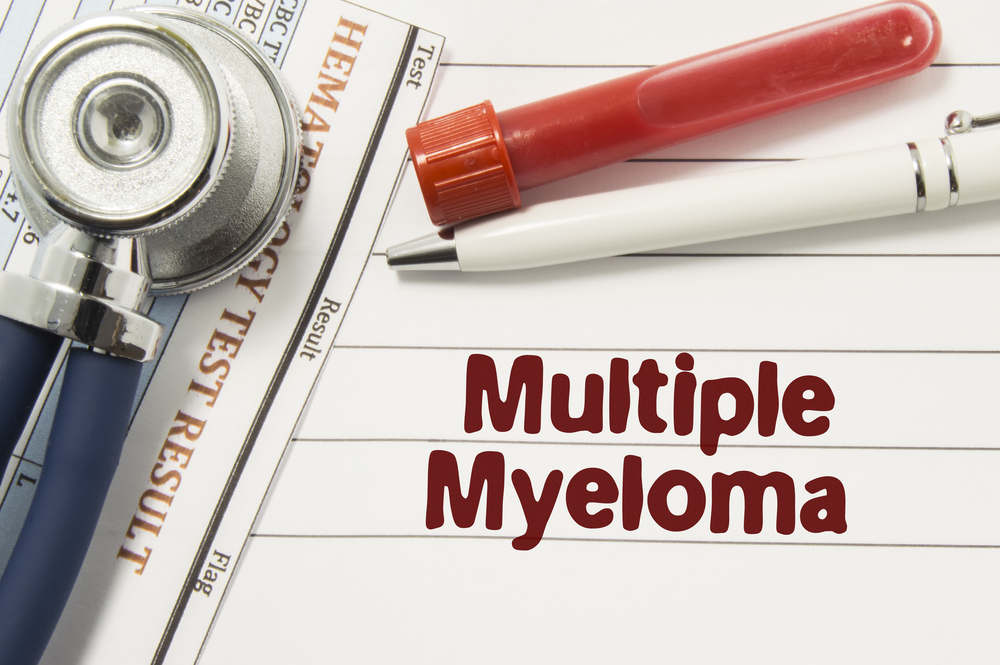DIAGNOSIS
During the test, the specialist will delicately push on your youngster’s bones, checking for irregularities. The doctor may give special attention to your child’s:
Skull. Infants who have rickets regularly have weaker and softer skull bones and may have a deferral in the closure of the fontanels – soft spots.
Legs. While even healthy babies are somewhat bent-legged, an overstated bowing of the legs is characteristic of rickets.
Chest. A few kids with rickets create variations from the norm in their rib cages, which can straighten and make their breastbones distend.
Wrists and lower legs. Kids who have rickets regularly have wrists and lower legs that are bigger or thicker than typical kids.
X-rays of the affected bones can uncover bone distortions. Blood and urine tests can confirm a finding of rickets.
TREATMENT
Most instances of rickets can be treated with vitamin D and calcium supplements. An excess of vitamin D can be harmful.
Your child’s doctor will screen your kid’s rickets’ progression with X-rays and blood tests.
If your kid has a rare disease that causes low measurements of phosphorus, supplements and medicine may be given.
For certain cases of bowleg or spinal distortions, your primary care physician may propose unique bracing to situate your kid’s body properly as the bones develop. Progressively serious skeletal disfigurements may require surgical intervention.


